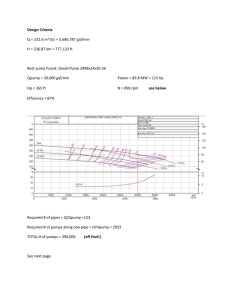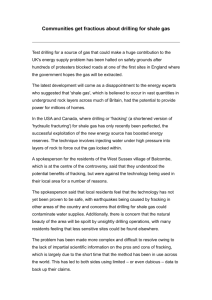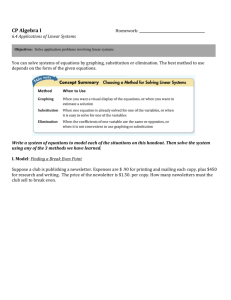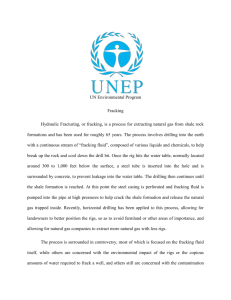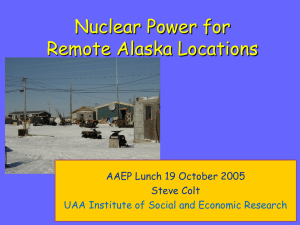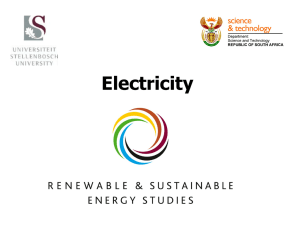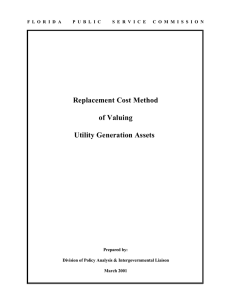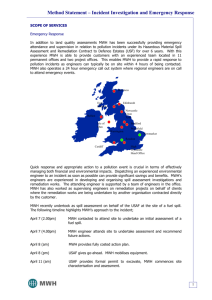Water Energy Factsheet - American Clean Energy Agenda
advertisement
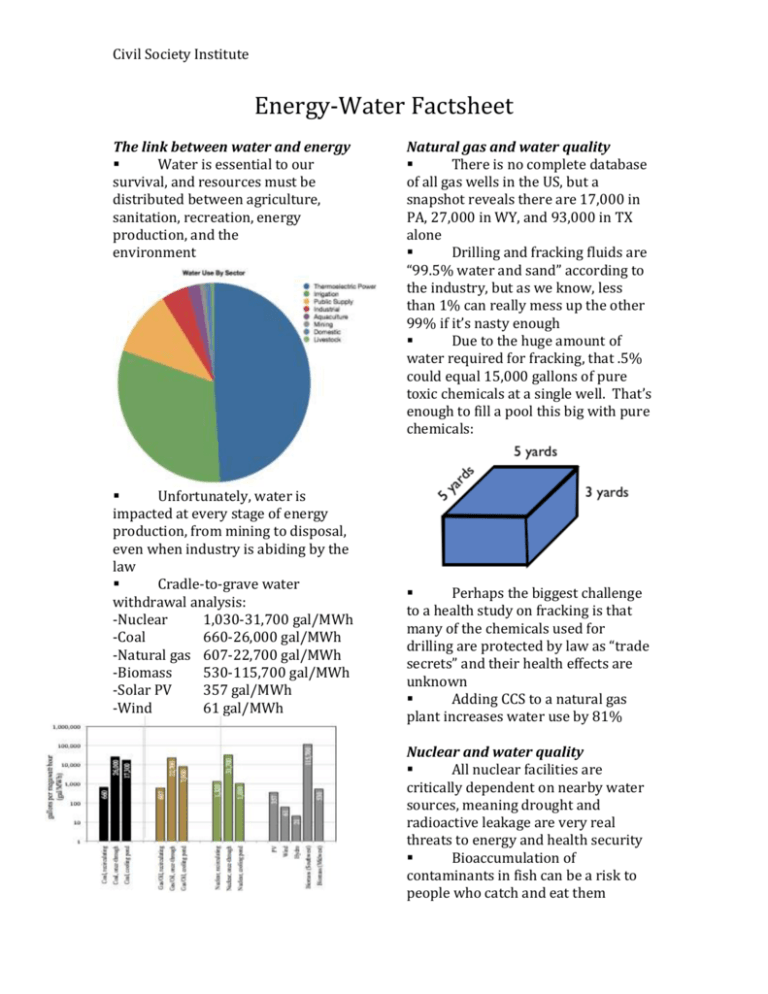
Civil Society Institute Energy-Water Factsheet The link between water and energy Water is essential to our survival, and resources must be distributed between agriculture, sanitation, recreation, energy production, and the environment Unfortunately, water is impacted at every stage of energy production, from mining to disposal, even when industry is abiding by the law Cradle-to-grave water withdrawal analysis: -Nuclear 1,030-31,700 gal/MWh -Coal 660-26,000 gal/MWh -Natural gas 607-22,700 gal/MWh -Biomass 530-115,700 gal/MWh -Solar PV 357 gal/MWh -Wind 61 gal/MWh Natural gas and water quality There is no complete database of all gas wells in the US, but a snapshot reveals there are 17,000 in PA, 27,000 in WY, and 93,000 in TX alone Drilling and fracking fluids are “99.5% water and sand” according to the industry, but as we know, less than 1% can really mess up the other 99% if it’s nasty enough Due to the huge amount of water required for fracking, that .5% could equal 15,000 gallons of pure toxic chemicals at a single well. That’s enough to fill a pool this big with pure chemicals: Perhaps the biggest challenge to a health study on fracking is that many of the chemicals used for drilling are protected by law as “trade secrets” and their health effects are unknown Adding CCS to a natural gas plant increases water use by 81% Nuclear and water quality All nuclear facilities are critically dependent on nearby water sources, meaning drought and radioactive leakage are very real threats to energy and health security Bioaccumulation of contaminants in fish can be a risk to people who catch and eat them Civil Society Institute The EPA estimates that there are 15,000 abandoned uranium mines in the U.S. that pose human health hazards due to the presence of radioactive material Coal and water quality It is estimated that adding carbon capture and sequestration technology to a coal plant increases water use by 95% One study estimated that 3.8 billion gal/day of fresh water would be needed to implement CCS at all gas and coal plants: 1.7 bgd for the CCS systems, and 2.1 bdg to feed the nuclear plants built to compensate for load loss caused by CCS at the fossil fuel plants. That’s the equivalent of a pool this big, each day: Other problems The Department of Energy states that future water conflicts will be national in scope, but regionally driven In the West, fossil fuel and nuclear plants will face water rights issues and sporadic drought In the East, the Clean Water Act regulations and local droughts will strain electricity generation systems Heat waves and droughts like the one in France in 2003 pose significant problems to nuclear plants that must dial back power to stay within thermal discharge mandates What can we do? Oppose the CES, and any other plan to use taxpayer money to support dirty, water-intensive energy sources Push for the disclosure of chemicals used in fracking in pursuit of a nationwide ban Water withdrawals tend to be lower when companies have to pay for the water they use (many don’t have to pay at all). Therefore, making all drilling/mining/power plant operators pay for the water they use will lower withdrawals. The total cost of water withdrawn (often for free) by the electricity sector totals over $106 billion each year if charged at the same rate as we are Advocate for the release of a national water census with guidelines for how to maintain or improve water quality and ensure sustainability

